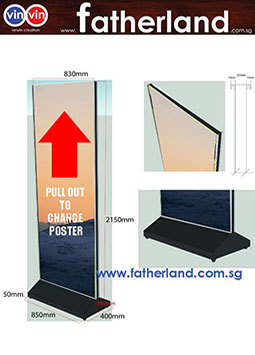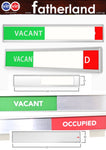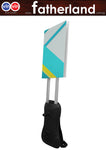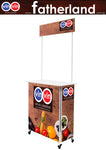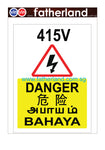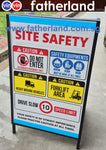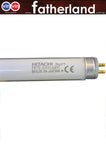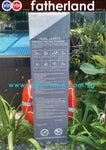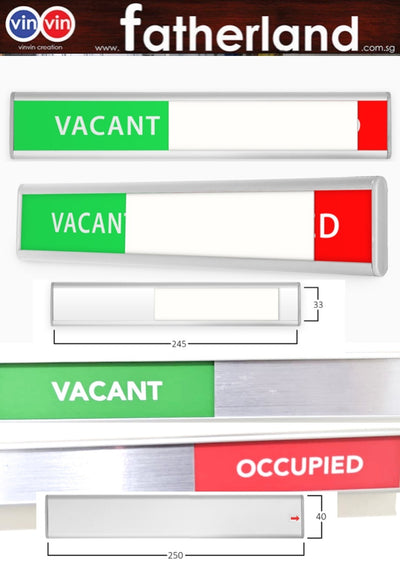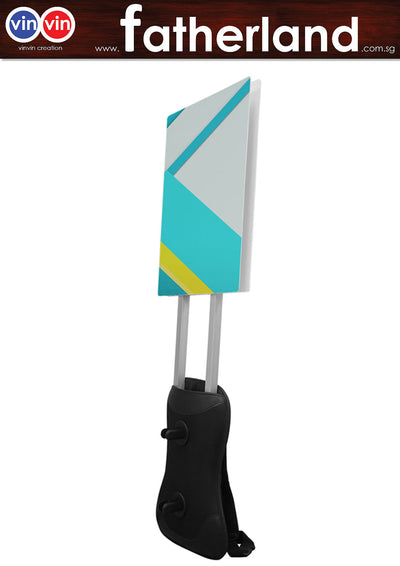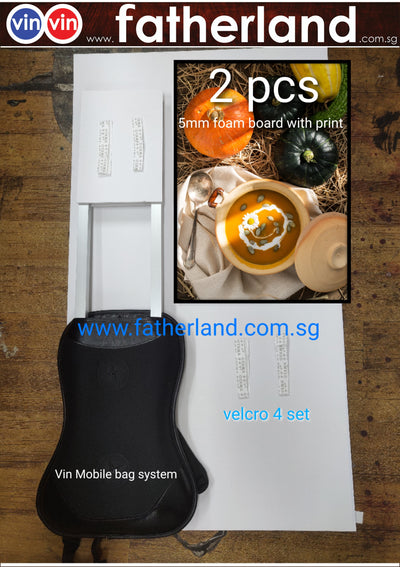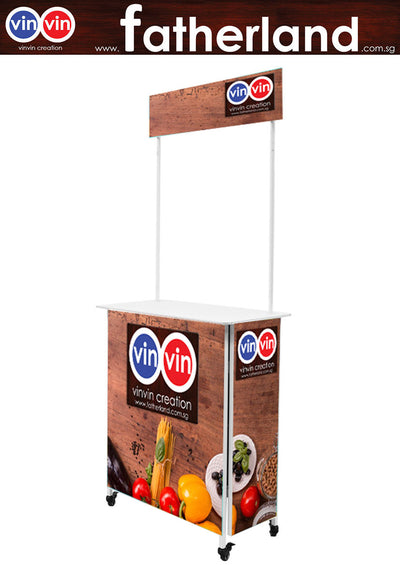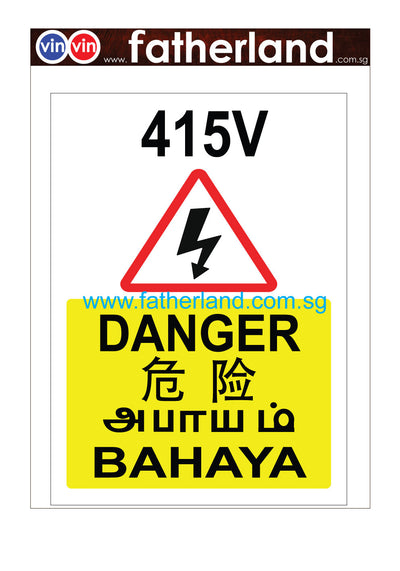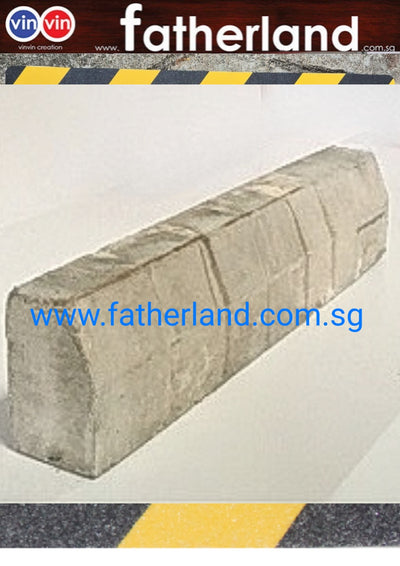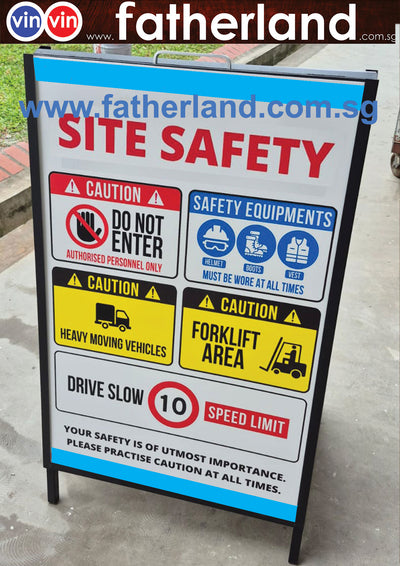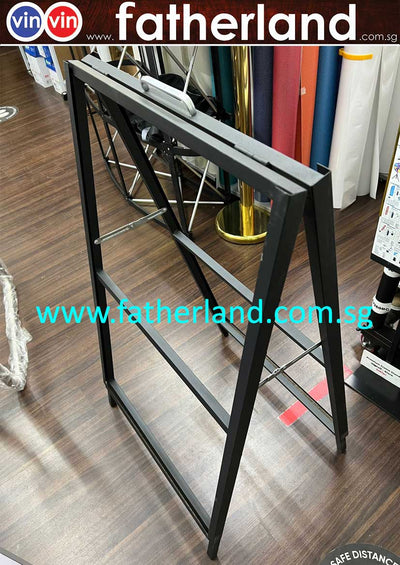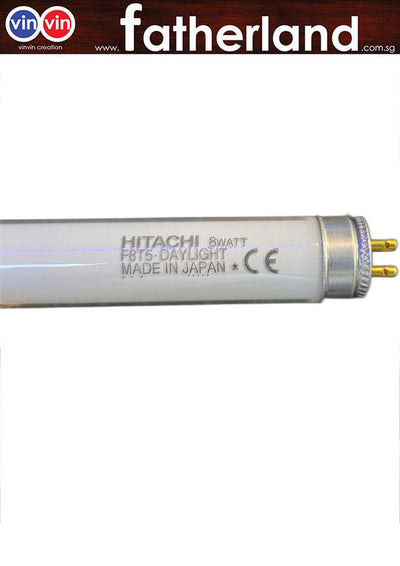Also known as Medium-density fibreboard
Medium-density fibreboard (MDF) is an engineered wood product made by breaking down hardwood or softwood residuals into wood fibres, often in a defibrator, combining it with wax and a resin binder, and forming panels by applying high temperature and pressure.[1] MDF is generally denser than plywood. It is made up of separated fibres, but can be used as a building material similar in application to plywood. It is stronger and much denser than particle board.[2]
Over time, the term MDF has become a generic name for any dry process fibre board. MDF is typically made up of 82% wood fibre, 9% urea-formaldehyde resin glue, 8% water and 1% paraffin wax.[4] and the density is typically between 500 kg/m3 (31 lb/ft3) and 1,000 kg/m3 (62 lb/ft3).[5] The range of density and classification as light, standard, or high density board is a misnomer and confusing. The density of the board, when evaluated in relation to the density of the fibre that goes into making the panel, is important. A thick MDF panel at a density of 700–720 kg/m3 may be considered as high density in the case of softwood fibre panels, whereas a panel of the same density made of hard wood fibres is not regarded as so. The evolution of the various types of MDF has been driven by differing need for specific applications.
There are different kinds of MDF (sometimes labeled by colour):
Ultralight MDF plate (ULDF)[6]
Moisture resistant is typically green
Fire retardant MDF is typically red or blue
Although similar manufacturing processes are used in making all types of fibreboard, MDF has a typical density of 600–800 kg/m³ or 0.022–0.029 lb/in3, in contrast to particle board (160–450 kg/m³) and to high-density fibreboard (600–1,450 kg/m³).
Manufacture
Medium-density fibreboard output in 2005
In Australia and New Zealand, the main species of tree used for MDF is plantation-grown radiata pine; but a variety of other products have also been used, including other woods, waste paper and fibres.
The trees are debarked after being cut. The bark can be sold for use in landscaping, or burned in on-site furnaces. The debarked logs are sent to the MDF plant, where they go through the chipping process. A typical disk chipper contains 4–16 blades. Any resulting chips that are too large may be re-chipped; undersized chips may be used as fuel. The chips are then washed and checked for defects.
The chips are then compacted using a screw feeder, are heated/steamed for 30–120 seconds to soften the wood, then joined with liquefied wax and fed into a defibrator. The defibrator maintains a high pressure and temperature while grinding the wood chips into a pulp.
From the defibrator, the pulp enters a blowline, where it is joined with resin, often urea-formaldehyde. The wax improves moisture resistance and the resin initially helps reduce clumping, but ultimately is the primary binding agent. The material dries quickly when it enters an expansion chamber and expands into a fine, fluffy and lightweight fibre that is stored until needed at the forming line.
Dry fibre gets sucked into the top of a pendistor, which evenly distributes fibre into a uniform mat below it, usually of 230–610 mm thickness. The mat is pre-compressed and either sent straight to a continuous hot press or cut into large sheets for a multi-opening hot press. The hot press activates the bonding resin and sets the strength and density profile.
After pressing, MDF is cooled in a star dryer or cooling carousel, trimmed and sanded. In certain applications, boards are also laminated for extra strength.
The Environmental Impact of MDF has greatly improved over the years.[citation needed] Today, many MDF boards are made from a variety of materials. These include other woods, scrap, recycled paper, bamboo, carbon fibres and polymers, forest thinnings and sawmill off-cuts.
As manufacturers are being pressured to come up with greener products, they have started testing and using non-toxic binders. New raw materials are being introduced. Straw and bamboo are becoming popular fibres because they are a fast-growing renewable resource.
Comparison with natural woods[edit]
MDF does not contain knots or rings, making it more uniform than natural woods during cutting and in service.[7] However, MDF is not entirely isotropic, since the fibres are pressed tightly together through the sheet. Typical MDF has a hard, flat, smooth surface that makes it ideal for veneering, as there is no underlying grain to telegraph through the thin veneer as with plywood. A so-called "Premium" MDF is available that features more uniform density throughout the thickness of the panel.
MDF may be glued, doweled or laminated. Typical fasteners are T-nuts and pan-head machine screws.[8] Smooth-shank nails do not hold well, and neither do fine-pitch screws, especially in the edge. Special screws are available with a coarse thread pitch, but sheet-metal screws also work well. Like natural wood, MDF may split when woodscrews are installed without pilot holes.
Benefits[edit]
Is an excellent substrate for veneers.
Some varieties are less expensive than many natural woods
Isotropic (its properties are the same in all directions as a result of having no grain), so no tendency to split
Consistent in strength and size
Shapes well.
Stable dimensions (won't expand or contract like wood)
Easy to finish (i.e., paint)
Drawbacks[edit]
Denser than plywood or chipboard (the resins are heavy)
Low grade MDF may swell and break when saturated with water.
May warp or expand if not sealed.
May release formaldehyde, which is a known human carcinogen[9] and may cause allergy, eye and lung irritation when cutting and sanding[10]
Dulls blades more quickly than many woods. Use of tungsten carbide edges cutting tools is almost mandatory, as high speed steel dulls too quickly.
Though it does not have a grain in the plane of the board, it does have one into the board. Screwing into the edge of a board will generally cause it to split in a fashion similar to delaminating.
Subject to significant shrinkage in low humidity environments.
Trim (e.g. baseboards) comes pre-primed, but this is insufficient for fine finish painting. Painting with latex paints is difficult due to rapid water absorption. Most finishes appear uneven and nail holes tend to pucker.
Applications[edit]
Loudspeaker enclosure being constructed out of MDF
MDF is often used in school projects because of its flexibility. Slatwall Panels made from MDF are used in the shop fitting industry. MDF is primarily used for internal use applications due to its poor moisture resistance. it is available in raw form with fine sanded surface or with decorative overlay.
MDF is also usable for furniture such as cabinets, because of its strong surface.[11]
Safety concerns[edit]
When MDF is cut, a large quantity of dust particles are released into the air. It's important a respirator is worn and that the material is cut in a controlled and ventilated environment. It's a good practice to seal the exposed edges to limit the emissions from the binders contained in this material.
Formaldehyde resins are commonly used to bind together the fibres in MDF, and testing has consistently revealed that MDF products emit free formaldehyde and other volatile organic compounds that pose health risks at concentrations considered unsafe, for at least several months after manufacture.[12][13][14] Urea-formaldehyde is always being slowly released from the edges and surface of MDF. When painting, it is a good idea to coat all sides of the finished piece in order to seal in the free formaldehyde. Wax and oil finishes may be used as finishes but they are less effective at sealing in the free formaldehyde.[7]
Whether these constant emissions of formaldehyde reach harmful levels in real-world environments is not yet fully determined. The primary concern is for the industries using formaldehyde. As far back as 1987, the U.S. EPA classified it as a "probable human carcinogen" and, after more studies, the WHO International Agency for Research on Cancer (IARC), in 1995, also classified it as a "probable human carcinogen". Further information and evaluation of all known data led the IARC to reclassify formaldehyde as a "known human carcinogen"[9] associated with nasal sinus cancer and nasopharyngeal cancer, and possibly with leukaemia in June 2004.[15]
According to International Composite Board Emission Standards (ICBES), there are 3 European formaldehyde classes, namely: E0, E1 and E2. This classification is based on the measurement of formaldehyde emission levels. For instance, E0 is classified as having less than 3 milligrams of formaldehyde out of every 100 grams of the glue used in particleboard and plywood fabrication. E1 and E2, conversely, are classified as having 9 and 30 grams of formaldehyde per 100 grams of glue respectively. All around the world variable certification and labeling schemes are there for such products that can be explicit to formaldehyde release, like that of Californian Air Resources Board (CARB).[16]
Veneered MDF[edit]
Veneered MDF provides many of the advantages of MDF with a decorative wood veneer surface layer. In modern construction, spurred by the high costs of hardwoods, manufacturers have been adopting this approach to achieve a high quality finishing wrap covering over a standard MDF board. One common type uses oak veneer.[17] Making veneered MDF is a complex procedure, which involves taking an extremely thin slice of hardwood (approx 1-2mm thick) and then through high pressure and stretching methods wrapping them around the profiled MDF boards. This is only possible with very simple profiles because otherwise when the thin wood layer has dried out, it will break at the point of bends and angles.










